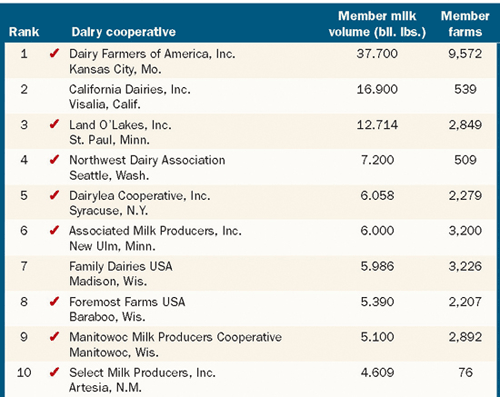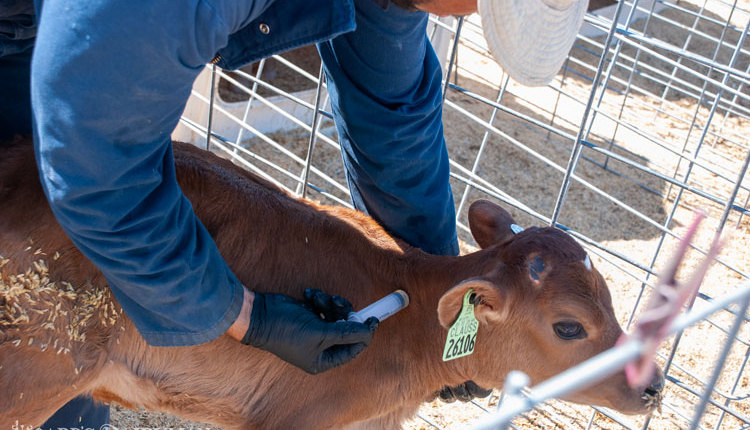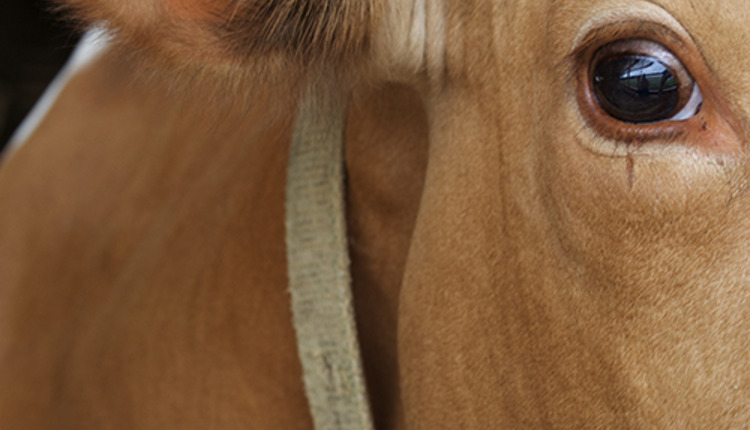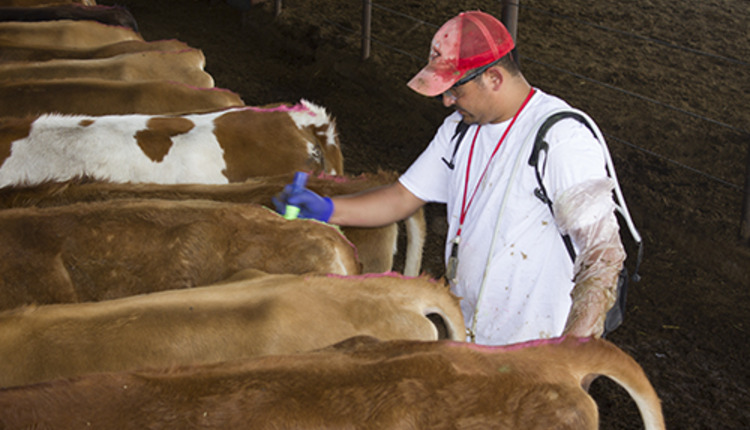The author was the 2010 Hoard's Dairyman editorial summer intern and is a senior at Cornell University majoring in animal science.
Member milk production among the top 50 co-ops remained fairly stable from 2008 to 2009, increasing a mere 22 million pounds from 150.669 billion to 150.721 billion. The top 50 cooperatives essentially maintained milk production levels, while total production in the U.S. dropped 0.3 percent. The number of member farms the cooperatives represented shrank by 2,137 from the 2008 total. That was a 4.9 percent decline compared to a 3.8 percent drop among licensed U.S. dairy operations. Among the top 10 cooperatives there were no changes; last year's leaders all managed to retain their ranking.
Two cooperatives are making a return appearance to the list this year. Northwest Independent Milk Producers, last seen in 2008, has taken the No. 49 spot. Country Classic Dairies, Inc., last seen in 2007, returns to No. 50, knocking out one of last year's debut cooperatives, Liberty Valley Cooperative Milk Producers Association. There were no new cooperatives making the list this year. Additionally, Humboldt Creamery leaves the list as it is no longer operating as a cooperative.
In 2009, 79.6 percent of the 189.3 billion pounds of milk in the U.S. was marketed by the top 50 cooperatives; up 0.3 percent from last year's 79.3 percent. Members of the top five cooperatives, Dairy Farmers of America, Inc., California Dairies, Inc., Land O'Lakes, Inc., Northwest Dairy Association, and Dairylea Cooperative, Inc., accounted for 45 percent of the total U.S. milk supply in 2009. The top five also accounted for 57 percent of the milk volume marketed by the top 50 cooperatives.
The top three cooperatives for pounds of milk per farm set the bar high, producing over 50 million pounds of milk per member farm. Continental Dairy Producers, Inc., led the way with 61.44 million per farm; Select Milk Producers, Inc., followed with 60.65 million; and Zia Milk Producers, Inc., closed out the group with 53.81 million pounds.
Information for the top 50 cooperative list is gathered by Hoard's Dairyman every summer. Each cooperative is contacted and asked to provide information on the previous year's production. Because cooperatives have different ending dates for their fiscal year, milk volume and member farms may not necessarily represent the 2009 calendar year.
Click on the attached file to see the top 10 cooperatives. To see the complete top 50 list, see page 651 of October 10, 2010 of Hoard's Dairyman.

Red check mark indicates member of National Milk Producers Federation
Member milk production among the top 50 co-ops remained fairly stable from 2008 to 2009, increasing a mere 22 million pounds from 150.669 billion to 150.721 billion. The top 50 cooperatives essentially maintained milk production levels, while total production in the U.S. dropped 0.3 percent. The number of member farms the cooperatives represented shrank by 2,137 from the 2008 total. That was a 4.9 percent decline compared to a 3.8 percent drop among licensed U.S. dairy operations. Among the top 10 cooperatives there were no changes; last year's leaders all managed to retain their ranking.
Two cooperatives are making a return appearance to the list this year. Northwest Independent Milk Producers, last seen in 2008, has taken the No. 49 spot. Country Classic Dairies, Inc., last seen in 2007, returns to No. 50, knocking out one of last year's debut cooperatives, Liberty Valley Cooperative Milk Producers Association. There were no new cooperatives making the list this year. Additionally, Humboldt Creamery leaves the list as it is no longer operating as a cooperative.
In 2009, 79.6 percent of the 189.3 billion pounds of milk in the U.S. was marketed by the top 50 cooperatives; up 0.3 percent from last year's 79.3 percent. Members of the top five cooperatives, Dairy Farmers of America, Inc., California Dairies, Inc., Land O'Lakes, Inc., Northwest Dairy Association, and Dairylea Cooperative, Inc., accounted for 45 percent of the total U.S. milk supply in 2009. The top five also accounted for 57 percent of the milk volume marketed by the top 50 cooperatives.
The top three cooperatives for pounds of milk per farm set the bar high, producing over 50 million pounds of milk per member farm. Continental Dairy Producers, Inc., led the way with 61.44 million per farm; Select Milk Producers, Inc., followed with 60.65 million; and Zia Milk Producers, Inc., closed out the group with 53.81 million pounds.
Information for the top 50 cooperative list is gathered by Hoard's Dairyman every summer. Each cooperative is contacted and asked to provide information on the previous year's production. Because cooperatives have different ending dates for their fiscal year, milk volume and member farms may not necessarily represent the 2009 calendar year.
Click on the attached file to see the top 10 cooperatives. To see the complete top 50 list, see page 651 of October 10, 2010 of Hoard's Dairyman.











